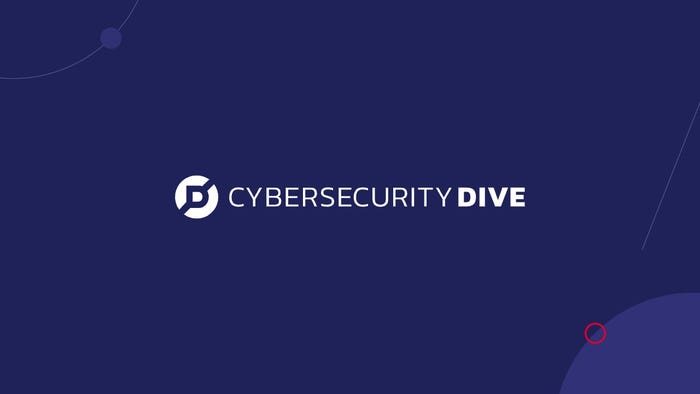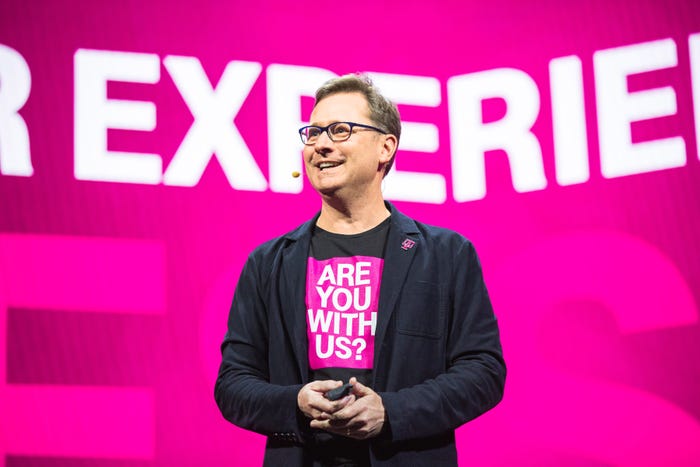L3Harris offers free BeOn service to healthcare entities, others during COVID-19 crisisL3Harris offers free BeOn service to healthcare entities, others during COVID-19 crisis

Healthcare systems and other entities wanting P25 push-to-talk functionality using cellular devices as part of their response efforts to the COVID-19 crisis can utilize the L3Harris BeOn solution at no cost for at least a 90-day period, according to officials for the company.
Danielle Marcella, vice president of strategy for the L3Harris public safety and professional communications (PSPC) business, said the offer is designed to address the communications needs of a “new generation of first responders” that is trying to adapt to a COVID-19 environment that changes rapidly.
“We know that offer has to be easily deployed, rapidly deployed, require little or no training, and be cost-effective—nobody is looking at big budgets right now to make any type of procurement,” Marcella said during an interview with IWCE’s Urgent Communications. “We wanted to be sure that we could offer people communications services and meet that quick-to-deploy target. BeOn, for us, is that solution.”
L3Harris normally offers BeOn at a cost of $200 to $300 for a perpetual license on a device, or it is available for monthly fee through a dealer. However, during COVID-19 response, entities can download and use the BeOn service free for 90 days, according to Marcella.
“At the end of that 90 days, if the jurisdiction thinks it’s something that was helpful for them and they’re interested in investing in, we’ll help them get to that permanent platform,” she said. “If, at the end of that 90 days, they’re just grateful we provided it, then we’re happy to have provided that.
“If, at the end of 90 days, we’re still in the middle of a crisis, we may look to extend it for those users. We certainly want to make sure that [BeOn] is communications that they can rely on, for as long as they need it.”
BeOn’s push-to-talk service is designed to emulate Project 25 (P25) LMR performance on an LTE device and includes the ability to encrypt communications. This feature that is especially important to healthcare workers that must comply with HIPAA privacy regulations, even if they are operating in temporary tent facilities or at drive-in testing stations, according to Edwin Whitworth, the deputy SWIC and ESF-2 lead for Georgia Emergency Management Agency (GEMA)/Homeland Security, which is using BeOn.
“We saw the opportunity with this, and we jumped right on board,” Whitworth said during an interview with IWCE’s Urgent Communications. “It is very important to keep the continuity of operations, especially in times like this.
“We wanted to make sure that (1) we were keeping everybody’s information private and encrypted, and this allow us to do that. This allows us to operate as normal, as if I was to go around and give everybody a portable radio.”
Like many emergency-management agencies, GEMA is accustomed to providing responders with communications in the aftermath of natural disasters like hurricanes and tornados, but dealing with the realities associated with the COVID-19 pandemic is “totally different,” Whitworth said.
“We are having to find new ways of communicating, because it’s not the same,” he said. “I can’t give a radio to a person and then let them hand it off at the shift change to someone else, due to possible contamination.
“What L3Harris is providing to us is a way to communicate … safely amongst first responders. It’s a way that we can communicate and not have to spend the hours of labor to disinfect the radio equipment for the next oncoming shift, because there’s no time to do that in between [shifts].”
Marcella echoed this sentiment.
“The main benefit to this is that you don’t have to share devices any longer,” Marcella said. “So, if you were an ambulance service and you had to share radios shift to shift to shift, people are concerned about re-sharing that type of equipment—we’re hearing that from the field.
“This allows you to not have to do that. They can use their own personal device or a cellular device that is handed out by the agency, and they don’t have to share equipment any longer, as it relates to communications.”
BeOn can be downloaded on any smart device and is intuitive enough for users to quickly begin use, which is important when trying to provide communications to responders in ad hoc facilities, according to Marcella.
“Within minutes, they can have a push-to-talk application on their devices,” she said. “So, without having to buy a lot of infrastructure and without having to make big procurements, we’re able to pretty rapidly put communications into the hands of people who need it the most. We’re really excited about the potential there and the opportunity to help our doctors, nurses and clinicians.”
GEMA’s Whitworth agreed.
“The app itself almost comes naturally,” Whitworth said. “In my opinion, we live in a world where smartphone technology comes natural to most folks. When we sent out the IDs, and when we sent out the stuff to the individual users to set up, we had very, very few come back and need help. It was very self-explanatory, and the documentation that was provided was phenomenal.
“I’m not an IT guy. I tell everybody on our IT staff, ‘You’ve got to Edwin-proof it. If Edwin can do it, anybody can do it.’ And Edwin can use the [BeOn] app, so L3Harris has done a really good job.”
Whitworth said GEMA and its many partner agencies are using the BeOn text-messaging and location-tracking capabilities significantly.
In addition, GEMA was especially impressed with the interoperability and scalability provided by L3Harris, which quickly established a gateway that allows communications between more than 1,000 users leveraging disparate LMR and LTE networks, Whitworth said.
“From a user’s standpoint, we went from Motorola to L3Harris, and not just going back and forth but really integrating them together,” Whitworth said. “I hear a lot of people who say they can’t be integrated, but I’m here to tell them, ‘You’re wrong. You can.’ And I encourage that. You should be able to integrate anything you want to inside the system, no matter who is there.”
L3Harris expect the new BeOn offering to be attractive to the healthcare sector but noted that other types of entities are eligible for the 90-day deal, Marcella said.
“[A hospital group in St. Louis] deployed it to their nursing staff and to their doctors. They called it ‘a godsend,’” Marcella said. “It allows them to communicate between shifts, between floors and between units—things they couldn’t do before. It really increased the speed at which they could respond to patients and the efficiencies in which they do so.
“We have school systems that use this solution. We have airlines that use this solution. We have public-safety users. We have some federal users who use this solution, so it’s traditional push-to-talk-over-cellular type solution that has a broad user base.”
Whitworth said the challenges faced during the current COVID-19 response has given him a new appreciation for the value of flexible technology platforms and the willingness of a vendor like L3Harris to take advantage of the capabilities.
“They’re able to adjust, adapt, overcome and make changes on the fly, as necessary,” Whitworth said. “Things that we didn’t think about as being a problem—and never crossed our minds—have wound up being the ones that have been our Achilles heel. Really and truly, they’ve bent over backward to make sure not only that we get the equipment that we need, but that we’re being safe doing it.”
Marcella said she believes the COVID-19 response will have a lasting impact on the fundamental philosophies associated with critical communications in the future, particularly within the healthcare industry.
“I think it will change the way we view critical communications as a whole,” Marcella said. “We saw a move to centralize service, where everyone wanted everything to go to a single command center, and everything was viewed at that command center. What we’re starting to see—from the utility sector and others—is a request to decentralize that service.
“We all thought about what would happen if we lost a facility, and [whether] we have a backup facility to go to. What we didn’t consider was that we had facilities but couldn’t get anybody to go to them [as is the case with COVID-19]. This move to service at the edge is an interesting dichotomy that we’re all facing today in trying to create new and innovative solutions that help users when they can’t be at centralized location.”
“Especially in the health-care industry, communications is really critical. I don’t think they’ve seen in the past how critical a need it can be, and I think this will change their perspective on that, as well.”





